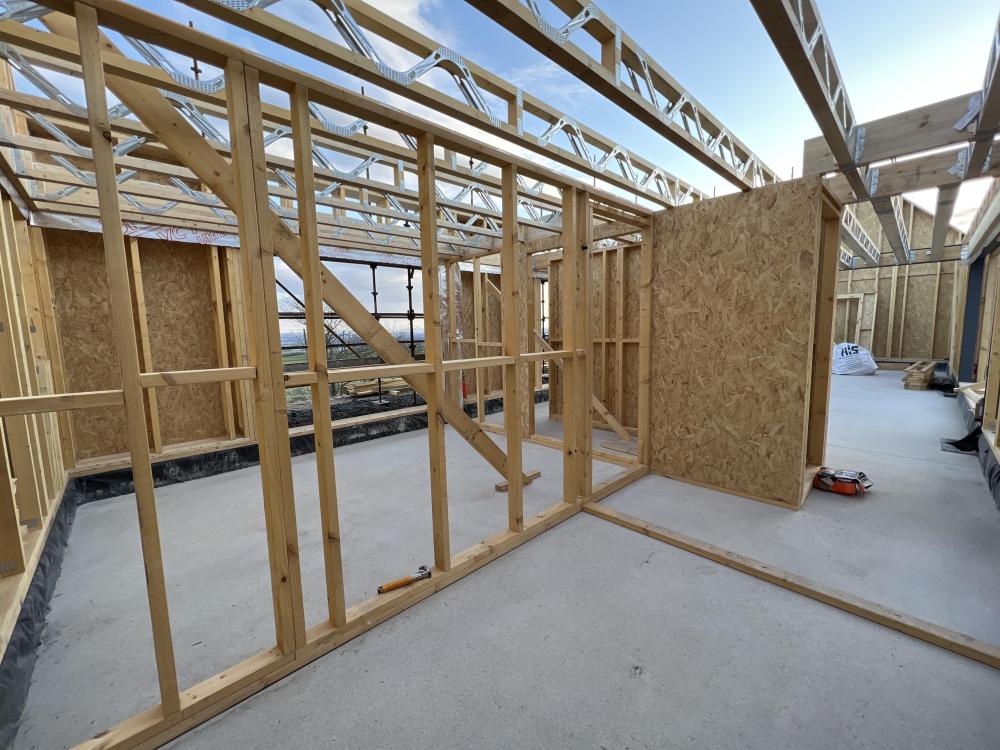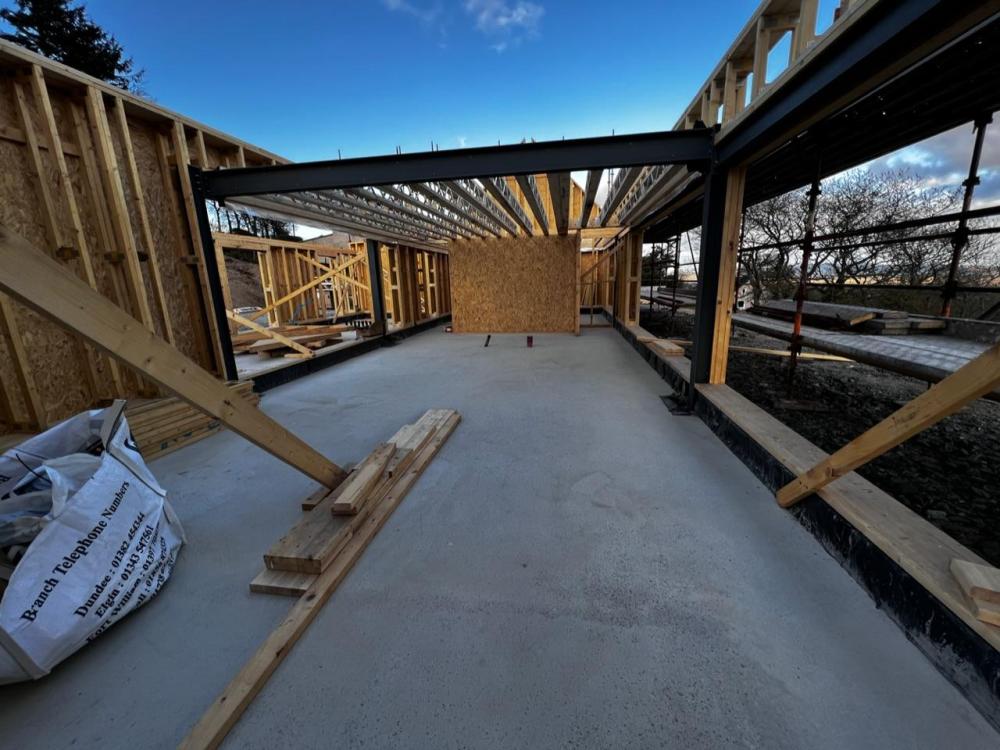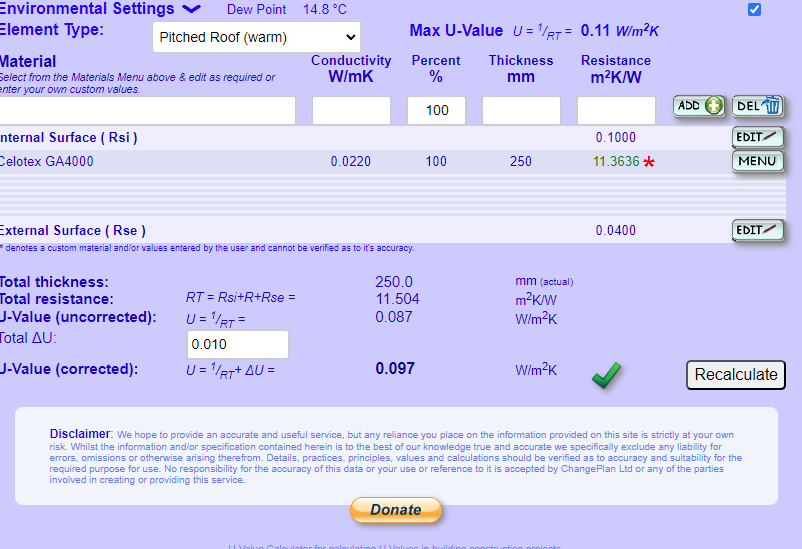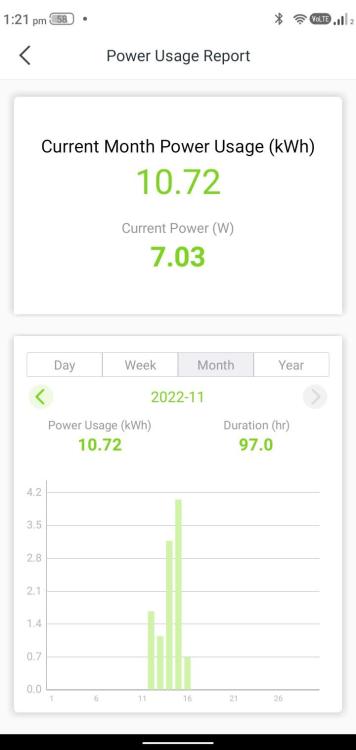Leaderboard
Popular Content
Showing content with the highest reputation on 04/24/23 in all areas
-
2 points
-
2 points
-
After reading probably every post in this topic that could be relevant to me, I'll go for a Illbruck FM330 Pro Foam Air Seal, as this was mostly recommended here. It's a shame that I've been told that they use something better than foam, and it turns that there's extra work and cost ahead of me.2 points
-
Got nothing to offer here, only that I proper enjoyed reading this thread (while at work). Passed the time great, your gaff must be colossal...!1 point
-
if thats the flat roof then its easy, run the alutrix up the wall. Have a look at kingspan thermataper save having to mess about with firring strips.1 point
-
If you enter a post code here it takes you to your councils Web page if they have one. I suggest entering a nearby post code not your actual postcode then navigating if they give you a map.. https://www.gov.uk/apply-work-on-protected-tree1 point
-
Don't count on it. The perspective changes throughout the process. Bigger than I thought/ oh not so big/ will switch often.1 point
-
That’s what I thought. The roof will be lower than the neighbours fence I think.1 point
-
Well if they do notice (they never measured my build with a height limit) you could always act dumm and apply for retro permission. 😎1 point
-
Use either the current immersion power or the forecasted solar generation for the rest of the day as your blending coefficient. If you want to get really fancy model the current energy in the tank and the current loss rate.1 point
-
Simplest way would be on a day you know it is going to be sunny all day, manually turn the boiler off. Or have a summer boiler program, that turns the boiler off during the daytime. This is what I am trialling at the moment, we still need some heating (average about 5 degrees outside today!!!!) so I only have the heating timed to come on for a few hours around mid day when it is likely there might be some good PV generation to power most of the ASHP demand.1 point
-
Yes, go with this. This avoids any possibility of the trees becoming a consideration in your planning application. If you leave them in place you will need to mention their removal in your application. Don't take the risk that some neighbour complaint results in the council tree officer wacking a TPO on it and killing your application.1 point
-
If the trees would be in the way of your build and are not covered by a TPO then I would remove them before applying for planning permission. I don't know of anywhere other than on the LA list.1 point
-
With but - note - one (1) flush button. That's an opportunity for serious misunderstandings innit?1 point
-
1 point
-
1 point
-
no. we didn't need Radon barrier. GI didn't show any so we just used basic DPM. np at all. 🙂1 point
-
well, it's all a bit moot now anyway as the superstructure is up and all the foundations were finished and paid for about 18 months ago! but we have clay here and are surrounded by woodland and we have a basement which these above ground 'arms' of our building are against. so it's quite complicated but i asked the SE for an insulated slab under the basement and 'arms' and that's what they gave me. if it's overly cautious then i'm ok with that. better safe than sorry.1 point
-
Ah yes, makes sense otherwise you'll need 4 seperate strings and AFAIK inverters tend to come with 2 MPPT max1 point
-
The process depends on your local DNO. For mine, where UKPN are the DNO, they have an online process which will give you automatic approval for install and inform for anything up to 5kW. Higher and it is an application and wait for approval process. Another classic case of making things inconsistent across the country!!1 point
-
Double/tripled glazed unit? Soudal Silirub 2 low modulus as it doesn’t react with the hot melt (material bonding glazing unit).1 point
-
Excuse me going way back on this. Building on bedrock. Why do you need the cordek, which is for the severe expansion of clay?1 point
-
About to do one. G98 is still quite limited, but there are now three flavours of G99 fast-track which I think will cover most domestic installs. https://connections.nationalgrid.co.uk/get-connected/solar-and-wind/fast-track-g99/ SGI-2 and SGI-3 are both before-install applications, but in theory, it's a 10-day response time.1 point
-
It’s this gap which needs to be eradicated, so if you’re thinking of doing this the easy way then it ain’t going to be any better than what you currently have. You need to bite the bullet, see if you can find tiles, and do this properly or you’ll be doing all this work for absolutely no result whatsoever. And you’ll be doing it again every year. The opening needs to be reduced, so you’re into some building work. Do it once, do it properly, get on with your life.1 point
-
Remove bath, clean existing tiles thoroughly, extend tiles down one layer lower (find mosaic pattern or something to create a feature line if ran out of tiles?), push bath against them, weight it down and resilicone? Is the bath adjustable? Can it be jacked up a few cm to reduce the tile gap??1 point
-
If you want to sort this properly, it’s tiles ALL off, bath out, walls sorted and a batten installed to accept the bath edges, bath back in, sealed before tiles, tiled, then silicones to finish. Anything else will fail again and again. Been here, got the T-shirt, made a LOT of money off insurance claims to put this exact thing right. Sort it now, as you’re just putting off the inevitable.1 point
-
Like the sea of brightly colored wheelie bins you see on terraced rows.1 point
-
You only need 50mm battens for downlights, if you select the right ones. The transformer comes seperate and will slip in the void and the lights are slimmer than that.1 point
-
Well we are new to this site but this one thread alone has proved it's worth. We purchased our plot last November and paid the £4500.00 sdlt that our solicitor said we had to. Having read @Omnibuswoman thread we spoke to HMRC to confirm and have sent off for a refund (Plot @ £150K so 0%). When I requested a copy of the SDLT form we filled in originally from the solicitor and told him why we wanted it, there was no acknowledgement of having given us the wrong advice whatsoever! If we get the tax back (this is HMRC after all) there'll be a contribution to the site's running costs coming.....1 point
-
you need 250mm of celtex to meet new build regs or 150mm for a refurb. Issue putting it externally on the trusses (warm roof style) is how are you going to fix the tiles ? Putting it between 8 x 2 trusses and then 50mm again under that works. You then have the issue of making it vapour tight which is very hard as you are left nowhere to run cables unless you batten again to make a service void but it wont be deep enough for downlighters unless you use 4x2 at which point you have now lost 150mm of headroom all over the roof. No easy wins.1 point
-
As I said before if they truly believe that I would sack them. You have to design the rafters to sit slightly lower so when the external insulation is applied the finished roof height is correct. If they cannot grasp that simple fact then they would not be detailing my house.1 point
-
Well, it's really happening. HID left work last Friday, spent the weekend fixing the horses fencing, but it didn't matter as he can now work on the build. I've created a very detailed project plan for his for 3 days and intend to keep this going as he works much better this way. This will approximate timings which will no doubt go out the window. We did have an issue last week, he had dug a trench, we had torrential rain and one side fell in, some of our soil is very sandy so fine to build on, but need almost digging, inspecting and filling in one day. He has today dug the main parts of the first trenches and BC are coming Thurs am to look with concrete coming Thur lunchtime and then BC coming back later to look at this as he's got a local inspection as one of the local mansions for a few hours. Still lots to do for this, one end needs to be shuttered to allow for the underpinning, we need to fence the area for safely before someone (probably me) falls in. We need to put level markers for the depth and check if any of the sides need supporting. Luckily the weather is supposed to be good this week. Not a very big update, but so excited to be doing something except pouring over reports and plans.1 point
-
Which is crazy as in 10+ years time the system might have been completely replaced, upgraded, anything, all with bootleg and DIY work, but the white mark still sits there in the MCS database for perpetuity indicating this is a blessed address that may receive export payments I'm sure there's some clause saying you should notify them if making non-certified alterations, but if you bought the house since the changes you'd have no idea at all of the actual provenance of the install. Also: I'll laugh my socks off when MCS get held up to randomware and lose their DB. Yes agree just showing the certificate of the equipment installed should be sufficient (although logically you should show that to the DNO when notifying them of connection, regardless of export payment)1 point
-
I'm a huge fan of A2A since getting a couple of mini splits in my outbuilding. I've been meaning to thank you for your blog post because I started looking into the possibility of using A2A to heat our garage extension right after reading your post back in August. The clincher was the ensuing heatwave which made the room-in-roof unbearably hot. A Solar PV array has since gone up there and now the magic combo - Sun shines, room gets hot stays cool, is a dream come true. If it averages out at around the 7W you were metering, then that's nearly 25% of the total energy use this month. Seems a little high. But then again if it does the magic work of keeping everything up at 20oC for les than 25p a day then it's very hard to complain. I'm seeing consumption of around 2.5kWh per day for keeping around 60m2 cosy but I leave it on 24/7 so similar to yours at around 0.1kW/h Your system seems to be in what my Daikin units call "auto" mode. This switches between heating and cooling to achieve the desired set-point. Mine additionally has discrete cooling and heating modes which means the units turn off once the set-point is reached. This allows a little bit of under/overshoot but saves a small amount of energy. It also widens the available range for the set-point.1 point
-
1 point
-
Thought I'd round this off with a bit of info on running costs. The last few days have been fairly Windy in the static, and the heating has been used a lot. I bought a plug in WiFi energy meter to have a look at the power usage. Below is the screen shot. It seems to use between 5 and 45 watts in standby. The unit was in standby when this screenshot was taken. And using 7.03W. I'm quite happy. We run the unit to set temp of 20 Deg and leave the internal doors open In the static to try to get the rest of the van warm. Appreciate anyone's thoughts on this.1 point
-
Yes, or No, depends on the 'something else'. Energy cannot be created, it can only change its form. So, stored energy has to be created first, and this is where the confusion comes in. If, for instance, you need to raise the temperature of the building by 2° C, and you have 10 tonnes to heat, assuming brick/concrete, with a specific heat capacity of 0.8 kJ/kg.K, then you need 16,000 kJ (4.44 kWh), while at the same time as heating say 100 kg of air, that has a SHC of 1 kJ/kg.K, so an extra 200 kJ (0.056 kWh). But if you have a timber/insulation combination, you may be reducing the 10 tonnes to 2 tonnes, but the SHC may be higher, say 1.3 kJ/kg.K, then that initial heating load is reduced to 5,200 kJ (1.44 kWh), while the air heating load is the same. Now people argue that you get that difference (3 kWh) back when you turn the heating off, except some of it has leaked out to the atmosphere/ground. So by having a larger store of energy, you have a larger amount to loose, and as heat loss is non proportional, the larger the temperature differences, the larger the losses, and the faster those losses happen. Controlling losses, and gains, is the key to temperature stability, this is why people put blinds on oversized windows and have MVHR fitted. In the UK it is a rare day that the weather conditions are idea of stable passive heating, or cooling for that matter. Spend your time and money on insulation and airtightness, not on large windows, tonnes of concrete and aftermarket fixes.1 point
-
0 points
-
0 points
-
am i better off asking questions in my own thread one after the other or starting off a new thread for each time i need advice? not sure on the etiquette here and i dont want to come across as a needy bastard.0 points
-
The Anni-Frid Lyngstad of science, as opposes to Maggie Philbin, who was the Agnetha Fältskog.0 points



















